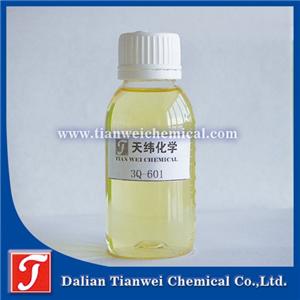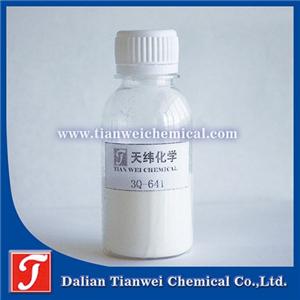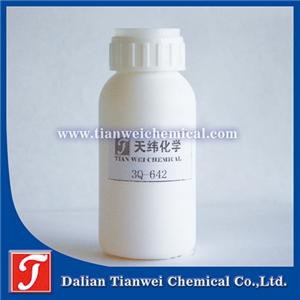Introduction to Antibacterial Agents for BOPE Films
Antibacterial agents for BOPE (biaxially oriented polyethylene) films are additives used to endow BOPE films with antibacterial properties. The following is an introduction from several aspects including types, mechanisms of action, application advantages, and application examples:
Type
Antibacterial agents for BOPE films are mainly classified into four categories: inorganic antibacterial agents, organic antibacterial agents, natural antibacterial agents and polymer antibacterial agents. Among them, inorganic antibacterial agents mainly consist of metals such as silver, copper, and zinc or their ions. They utilize the antibacterial properties of metal ions and achieve long-lasting antibacterial effects through sustained release. Among numerous metal ions, silver ions have stronger antibacterial ability and higher safety. Therefore, inorganic silver-based antibacterial agents dominate the antibacterial application of BOPE films.
Mechanism of action
Take silver ion antibacterial agents as an example. When the antibacterial agents come into contact with microorganisms, they rely on Coulomb attraction to firmly adsorb the microbial cells, thereby disrupting their electrolyte balance and killing the microorganisms due to damage to their cell walls.
Application advantages
Long-lasting antibacterial effect: Through sustained-release technology, antibacterial agents can continuously release antibacterial components for a relatively long time, effectively extending the antibacterial cycle of BOPE films.
Safety and stability: Inorganic antibacterial agents have low toxicity, do not develop drug resistance, and their gas-phase antibacterial effect does not affect the quality of the packaged contents, ensuring the safety of BOPE film during use.
Processing adaptability: The antibacterial agent can remain stable in high-temperature processing environments, adapting to the conventional heat sealing process of BOPE films without affecting the physical and processing properties of the films.
Application example
Wear-resistant, scratch-resistant and antibacterial BOPET film: During the preparation process, a composite antibacterial agent is added to the antibacterial layer. This composite antibacterial agent solves the problem of easy discoloration of traditional silver ion antibacterial agents and the difficulty of poor dispersion of other antibacterial agents in resins. The composite antibacterial agent is obtained by first modifying the surface of the zinc-loaded montmorillonite with a layer of hydroxyl-containing silica, and then grafting silane through the hydroxyl reaction. The compound antibacterial agent has good dispersion in the masterbatch and strong binding effect with the resin, enabling the BOPET film to maintain efficient and long-lasting antibacterial ability.
Antibacterial BOPA membrane material: A certain enterprise successfully developed antibacterial BOPA membrane material during the experimental stage. This product has been certified by the international authoritative testing institution SGS. The test report shows that the long-plastic antibacterial BOPA has excellent antibacterial performance against common Gram-negative and Gram-positive representative bacteria, Escherichia coli and Staphylococcus aureus, with an antibacterial rate of more than 99.9% for both. The antibacterial mechanism is also that when the antibacterial agent comes into contact with microorganisms, it relies on the coulomb attraction effect to firmly adsorb the antibacterial agent to the microbial cells, thereby disrupting their electrolyte balance and killing the microorganisms.




